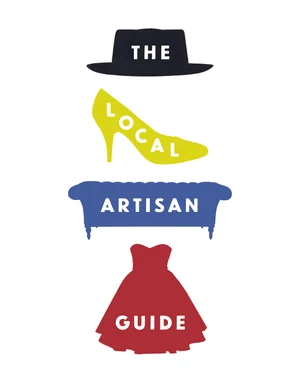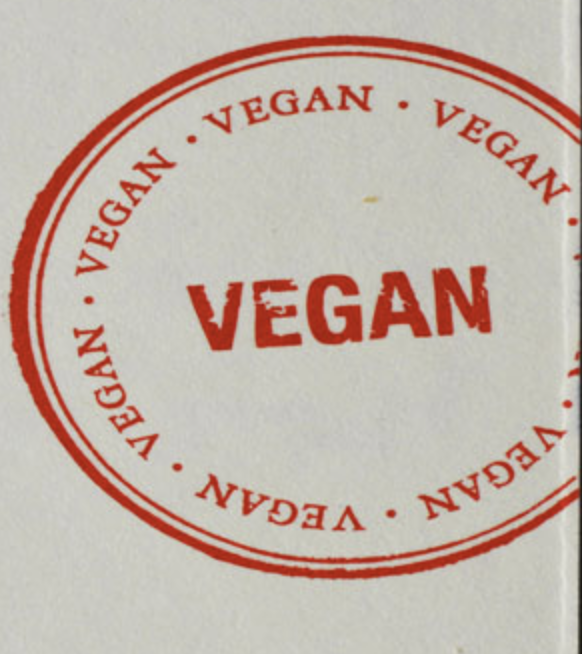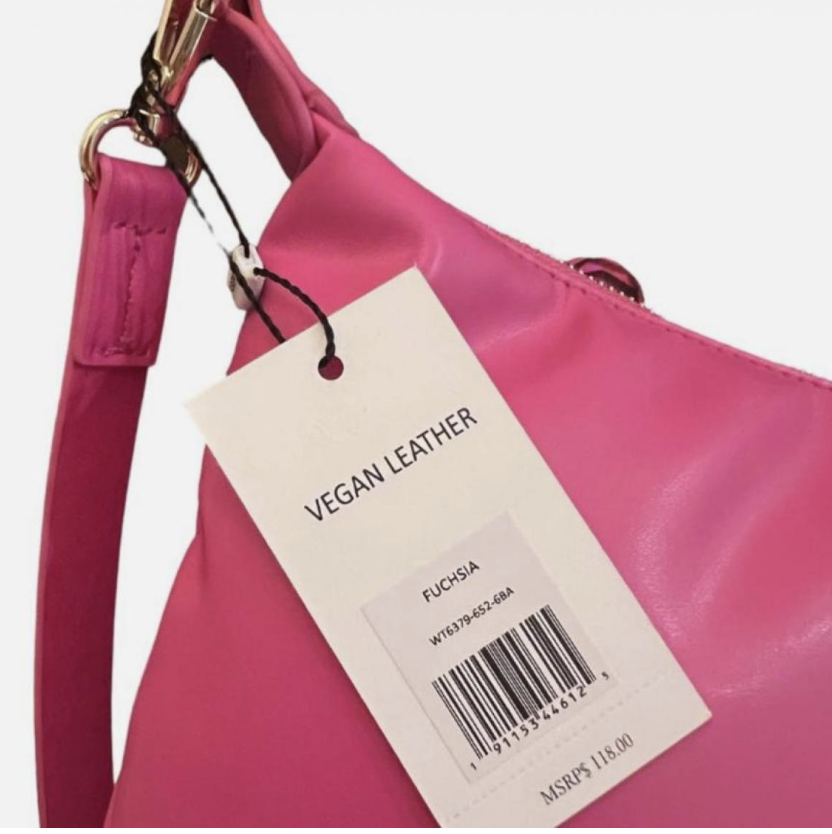Let the buyer beware.
Whilst food shopping or out dining for vegan options, it is relatively clear what is vegan and what is not. Vegan essentially means no animal products so your food will have no meat, animal by-products, animal fats or oils. Restaurants and food packaging are very clear so there is no confusion that the consumer is eating any animal by-products. Even if there is no clear sign you can ask your waiter or grocer to see if your product is truly vegan.
Unfortunately this does not translate as well to fashion and/or home decor.
A handbag, belt, jacket or sofa that is labeled “vegan leather” will most likely not have any animal by-products, that may be true. The consumer then feels safe knowing no part of the animal was used to create the leather however clear greenwashing is going on. In making an effort to buy products that are good for the planet and wanting to spare an animal’s life, the consumer is not really told what the raw materials are made of or how green they are for the planet. That is what greenwashing is, misrepresenting an object to be good for the environment when in actuality it can be harmful to the environment or leave a poor carbon footprint.
I mention this as someone who works in production and product development in fashion and recently seeing our hangtags mention that the product was “vegan leather”. We produce handbags made of PU (polyurethane) and PVC (polyvinyl chloride) both of which are forms of plastics (yes you are buying your old fashion pleather). While PU is a safer plastic than PVC however both are plastics that take longer to decompose than organic materials and release toxic gases into the environment. Not to mention to make “vegan leather” requires a toxic process that is certainly not green or sustainable.
While this Jason Wu handbag is not made from animal by products, the PU it is made of is not green.
Unfortunately this vague labeling and marketing is legal in the United States and there are no specific requirements for alternative leathers that are not organic to let the buyer beware. Many brands are happy to let the consumer think they are a sustainable brand when in reality there is very little sustainability going on.
My advice is to look on the brand websites to see exactly how much information and transparency there is to not only the raw materials they use but how ethically the product is made, is it a Fair Trade environment for the workers and exactly what the carbon footprint is. You have the right to ask their customer service for this information if it is not found on their website.
There are alternative materials that are made of plants to mimic leather so you can be truly sustainable yet stylish. If it is important to you to not have animal products or purchase a truly sustainable goods then do your homework and research brands that are working to have a low carbon footprint and be plastic free.
We are never going to evolve as a responsible sustainable consumer if we sit by and let brands greenwash their products to the market. So consider yourself a more conscious and educated consumer when coming upon the vegan leather labels and know it is not the sustainable answer it pretends to be when in reality most likely it is just another form of plastic. Sites like Sustainability Magazine are a good start. In the end the brand wants to make a profit and you as the consumer can lead them to a more ethical and sustainable future.
By Natalie Rivera


